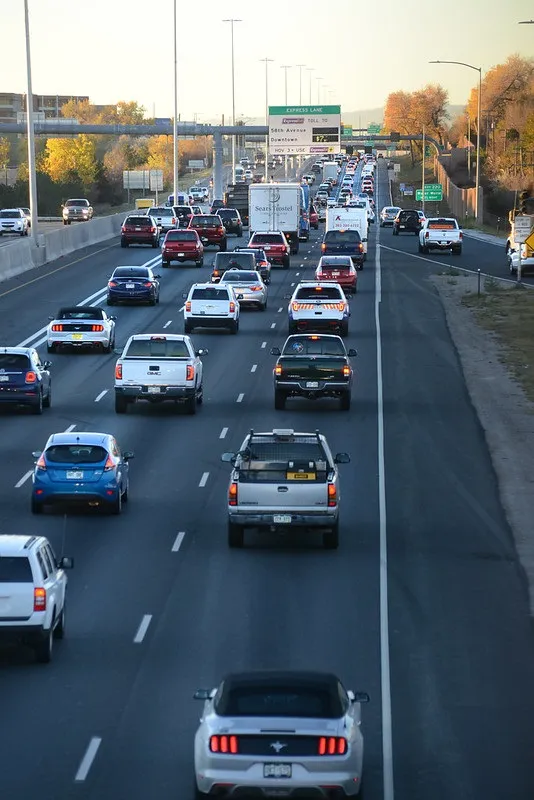Georgia’s State Road and Tollway Authority (SRTA) has selected ETC Corporation (ETC) as the tolling systems integrator for the implementation and maintenance of High Occupancy Toll (HOT) lanes on selected portions of Interstate 85 in north metropolitan Atlanta.
January 30, 2012
Read time: 2 mins
Georgia’s 752 State Road and Tollway Authority (SRTA) has selected ETC
Corporation (ETCC) as the tolling systems integrator for the
implementation and maintenance of High Occupancy Toll (HOT) lanes on
selected portions of Interstate 85 in north metropolitan Atlanta.
ETC says the I-85 project has several elements that will make SRTA’s project one of the most advanced HOT lanes projects in the industry today. For instance, the project will convert High-Occupancy Vehicle lanes (HOV) to HOT lanes, while a dynamically priced solution will incorporate enhanced and expanded congestion management, transponder and video trip management, and violation enforcement functionality. Moreover, the project includes a new back office solution integrated with IVR and website capabilities. With the migration of the GA 400 accounts to the new solution, SRTA will be able to consolidate and manage combined accounts for the I-85 and GA 400 facilities.
ETC will host SRTA’s new back office system from its technology centres delivering Software-as-a-Service that provides SRTA with substantial schedule and budget benefits. ETC’s technology platform and data centres provide inherent redundancy and high levels of security, and includes basic infrastructure and system upgrades throughout the life of the project. The back office system will be interfaced with the I-85 HOT lanes and GA 400 roadside systems, as well as internal and external systems to provide the full range of HOT lane, toll collection, account management, and violation enforcement required by SRTA.
The contract is for five years with two one-year options to renew.
ETC says the I-85 project has several elements that will make SRTA’s project one of the most advanced HOT lanes projects in the industry today. For instance, the project will convert High-Occupancy Vehicle lanes (HOV) to HOT lanes, while a dynamically priced solution will incorporate enhanced and expanded congestion management, transponder and video trip management, and violation enforcement functionality. Moreover, the project includes a new back office solution integrated with IVR and website capabilities. With the migration of the GA 400 accounts to the new solution, SRTA will be able to consolidate and manage combined accounts for the I-85 and GA 400 facilities.
ETC will host SRTA’s new back office system from its technology centres delivering Software-as-a-Service that provides SRTA with substantial schedule and budget benefits. ETC’s technology platform and data centres provide inherent redundancy and high levels of security, and includes basic infrastructure and system upgrades throughout the life of the project. The back office system will be interfaced with the I-85 HOT lanes and GA 400 roadside systems, as well as internal and external systems to provide the full range of HOT lane, toll collection, account management, and violation enforcement required by SRTA.
The contract is for five years with two one-year options to renew.










